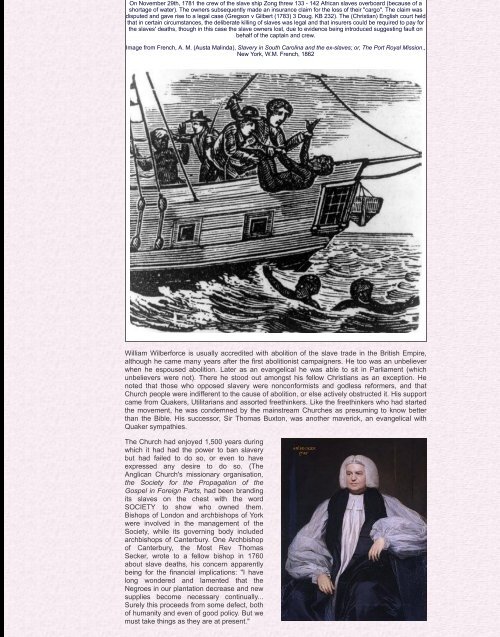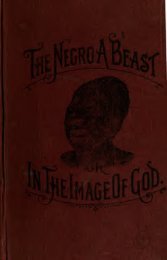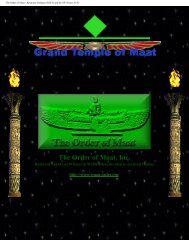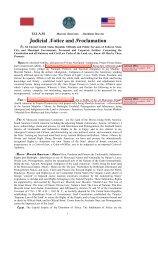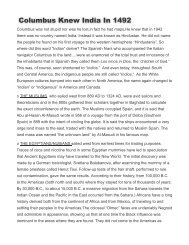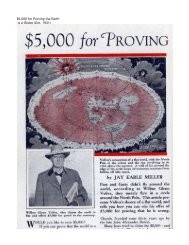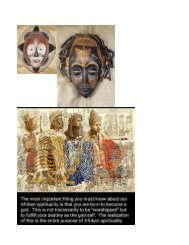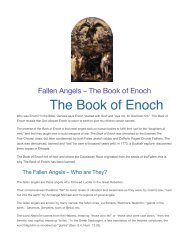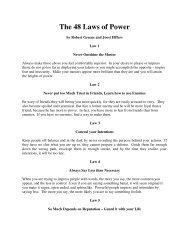Christian Slavery - Bad News About Christianity
Create successful ePaper yourself
Turn your PDF publications into a flip-book with our unique Google optimized e-Paper software.
On November 29th, 1781 the crew of the slave ship Zong threw 133 - 142 African slaves overboard (because of a<br />
shortage of water). The owners subsequently made an insurance claim for the loss of their "cargo". The claim was<br />
disputed and gave rise to a legal case (Gregson v Gilbert (1783) 3 Doug. KB 232). The (<strong>Christian</strong>) English court held<br />
that in certain circumstances, the deliberate killing of slaves was legal and that insurers could be required to pay for<br />
the slaves' deaths, though in this case the slave owners lost, due to evidence being introduced suggesting fault on<br />
behalf of the captain and crew.<br />
Image from French, A. M. (Austa Malinda), <strong>Slavery</strong> in South Carolina and the ex-slaves; or, The Port Royal Mission.,<br />
New York, W.M. French, 1862<br />
William Wilberforce is usually accredited with abolition of the slave trade in the British Empire,<br />
although he came many years after the first abolitionist campaigners. He too was an unbeliever<br />
when he espoused abolition. Later as an evangelical he was able to sit in Parliament (which<br />
unbelievers were not). There he stood out amongst his fellow <strong>Christian</strong>s as an exception. He<br />
noted that those who opposed slavery were nonconformists and godless reformers, and that<br />
Church people were indifferent to the cause of abolition, or else actively obstructed it. His support<br />
came from Quakers, Utilitarians and assorted freethinkers. Like the freethinkers who had started<br />
the movement, he was condemned by the mainstream Churches as presuming to know better<br />
than the Bible. His successor, Sir Thomas Buxton, was another maverick, an evangelical with<br />
Quaker sympathies.<br />
The Church had enjoyed 1,500 years during<br />
which it had had the power to ban slavery<br />
but had failed to do so, or even to have<br />
expressed any desire to do so. (The<br />
Anglican Church's missionary organisation,<br />
the Society for the Propagation of the<br />
Gospel in Foreign Parts, had been branding<br />
its slaves on the chest with the word<br />
SOCIETY to show who owned them.<br />
Bishops of London and archbishops of York<br />
were involved in the management of the<br />
Society, while its governing body included<br />
archbishops of Canterbury. One Archbishop<br />
of Canterbury, the Most Rev Thomas<br />
Secker, wrote to a fellow bishop in 1760<br />
about slave deaths, his concern apparently<br />
being for the financial implications: "I have<br />
long wondered and lamented that the<br />
Negroes in our plantation decrease and new<br />
supplies become necessary continually...<br />
Surely this proceeds from some defect, both<br />
of humanity and even of good policy. But we<br />
must take things as they are at present."


